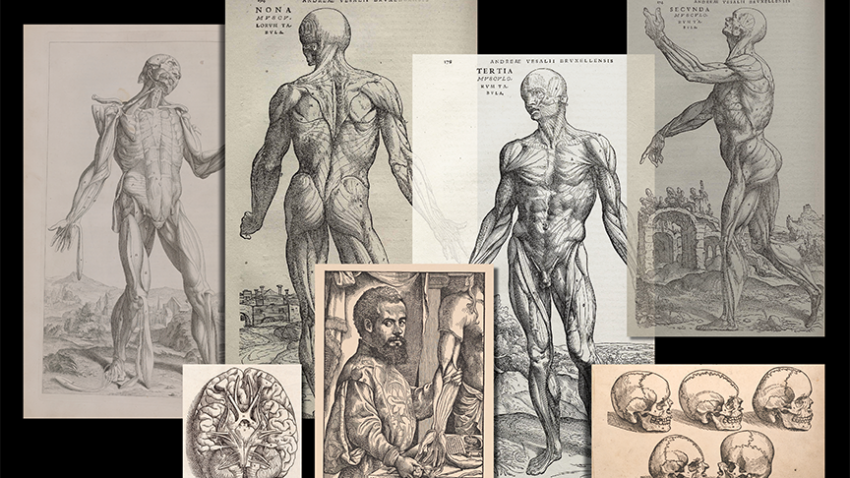 The Henry R. Winkler Center for the History of the Health Professions, University of Cincinnati Libraries and the College of Medicine are hosting a series of lectures and exhibits exploring the Renaissance anatomist and physician Andreas Vesalius (December 1514 – June 1564). Vesalius revolutionized the study and practice of medicine with his careful descriptions and anatomical studies of the human body published in “De humani corporis fabrica libri septem” (“On the Fabric of the Human Body in Seven Books”).
The Henry R. Winkler Center for the History of the Health Professions, University of Cincinnati Libraries and the College of Medicine are hosting a series of lectures and exhibits exploring the Renaissance anatomist and physician Andreas Vesalius (December 1514 – June 1564). Vesalius revolutionized the study and practice of medicine with his careful descriptions and anatomical studies of the human body published in “De humani corporis fabrica libri septem” (“On the Fabric of the Human Body in Seven Books”).
Join us for the second lecture in the six-part series – “Making the Fabrica: The Illustrations, Printing, Binding & Publication.” Award-winning cultural historian Dániel Margócsy, PhD, University of Cambridge, will describe the creation of the “Fabrica.” Dr. Margócsy will be joined by Gabrielle Fox, a Cincinnati book binding and preservation expert, who will discuss the bindings of the first and second editions that will be on public display in the Donald C. Harrison Health Sciences Library.
The lecture, free and open to the public, will be held Tuesday, Nov. 16 at 5:30 p.m. in Kresge Auditorium, 231 Albert Sabin Way. In-person activities will be provided under CDC guidelines or local COVID-19 restrictions, with the well-being of all guests remaining the top priority. View UC’s current COVID-19 updates. For those not wishing to attend in person, the lectures will be live streamed via Zoom.
Register to attend the lecture.
Accompanying the lectures, the Winkler Center will display a series of rotating exhibits corresponding to the lectures:
- November 16: The “Fabrica”
- December 14: The Impact of the “Fabrica” and Dissemination of Vesalius’s Ideas
- January 18: The Third Edition
- February 15: The “Fabrica’s” Organ Systems
- March 15: Teaching Anatomy through the Ages
More information is available on the Vesalius website.
The Illustrated Human: The Impact of Andreas Vesalius is sponsored by Stephen and Sandra Joffe.

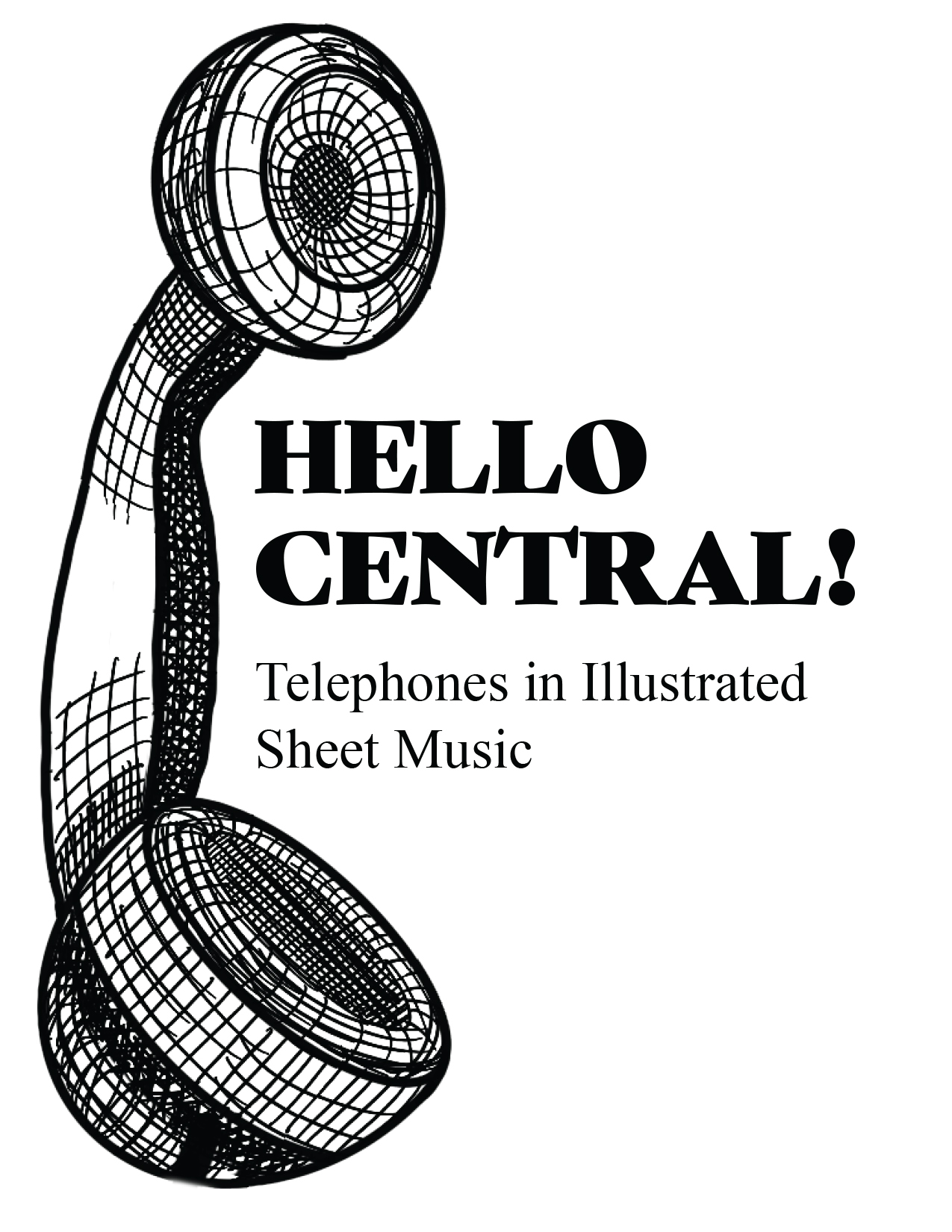
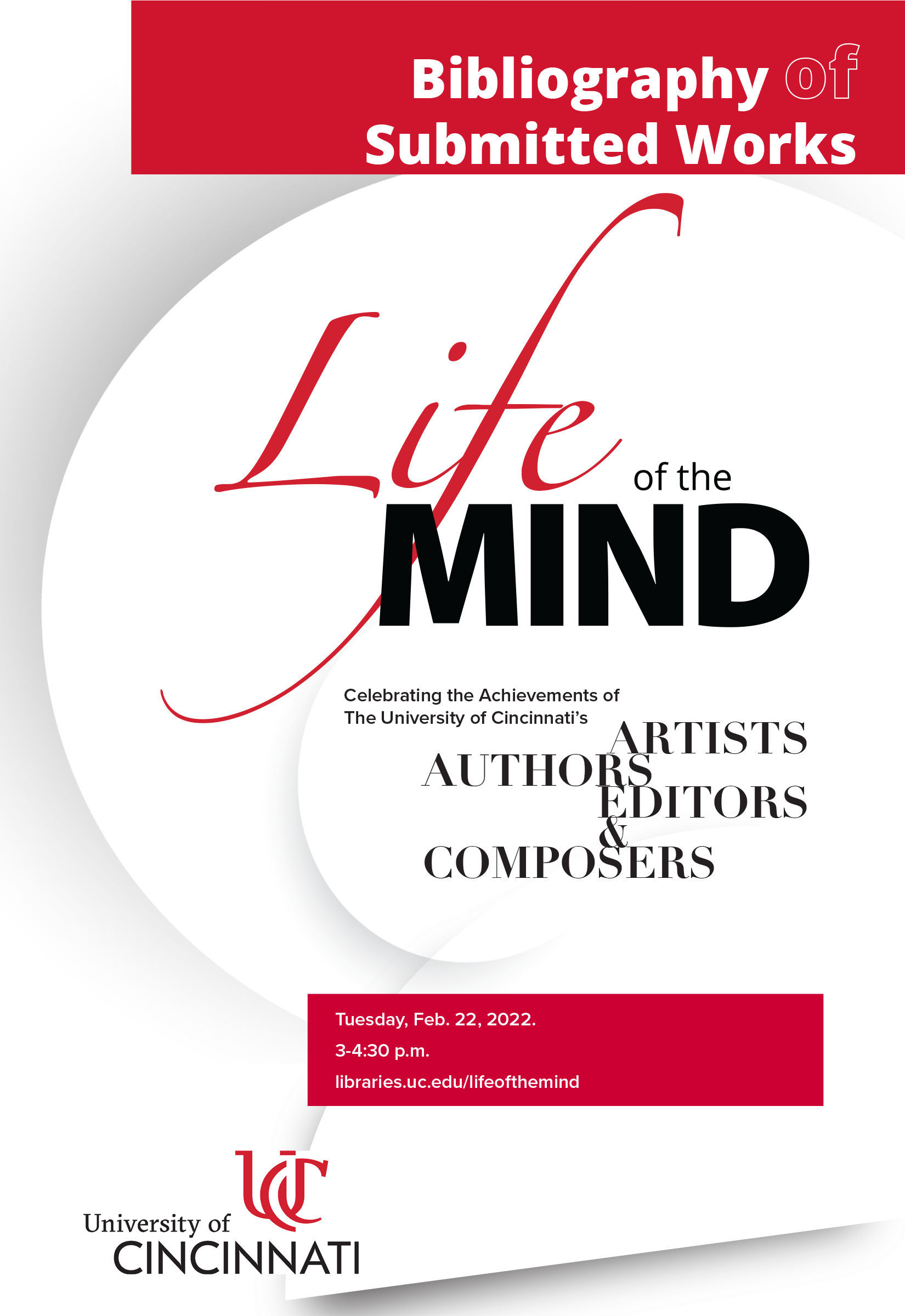 The Life of the Mind lecture series has merged with the former Authors, Editors & Composers to create one event that celebrates the achievements of UC’s Artists, Authors, Editors & Composers.
The Life of the Mind lecture series has merged with the former Authors, Editors & Composers to create one event that celebrates the achievements of UC’s Artists, Authors, Editors & Composers.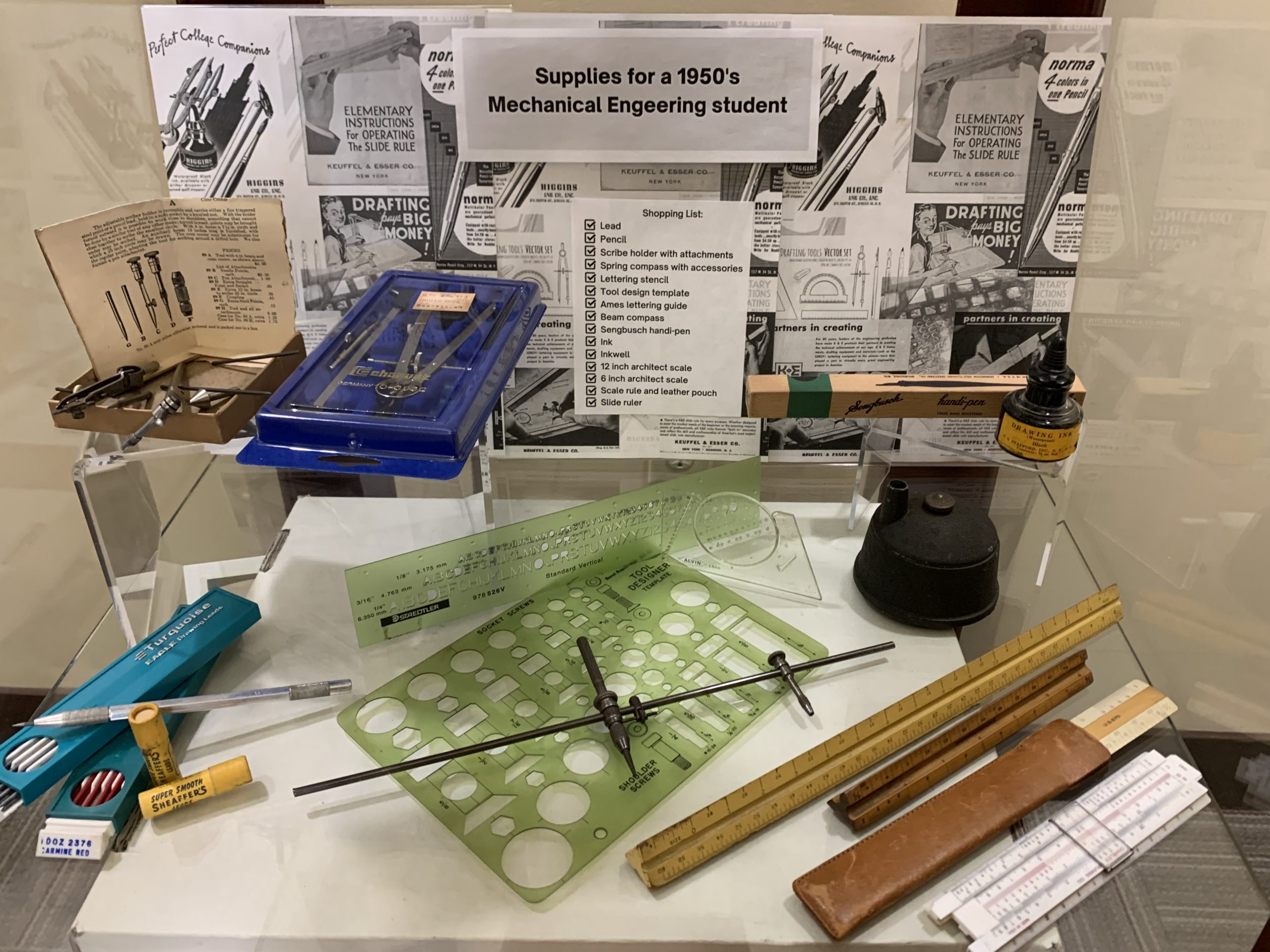

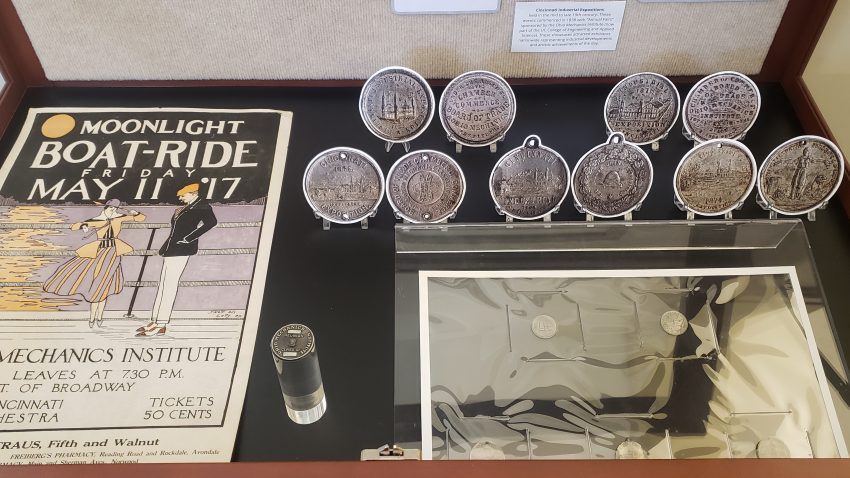 The Ohio Mechanics Institute (OMI), founded in 1828, is one of the College of Engineering and Applied Science’s (CEAS) source institutions and provided vital technical education during the early development of Cincinnati. In 1870, OMI partnered with the Board of Trade and Chamber of Commerce to present the first “Grand Industrial Exposition.” These showcases attracted exhibitors nationwide representing industrial developments and artistic achievements of the day.
The Ohio Mechanics Institute (OMI), founded in 1828, is one of the College of Engineering and Applied Science’s (CEAS) source institutions and provided vital technical education during the early development of Cincinnati. In 1870, OMI partnered with the Board of Trade and Chamber of Commerce to present the first “Grand Industrial Exposition.” These showcases attracted exhibitors nationwide representing industrial developments and artistic achievements of the day.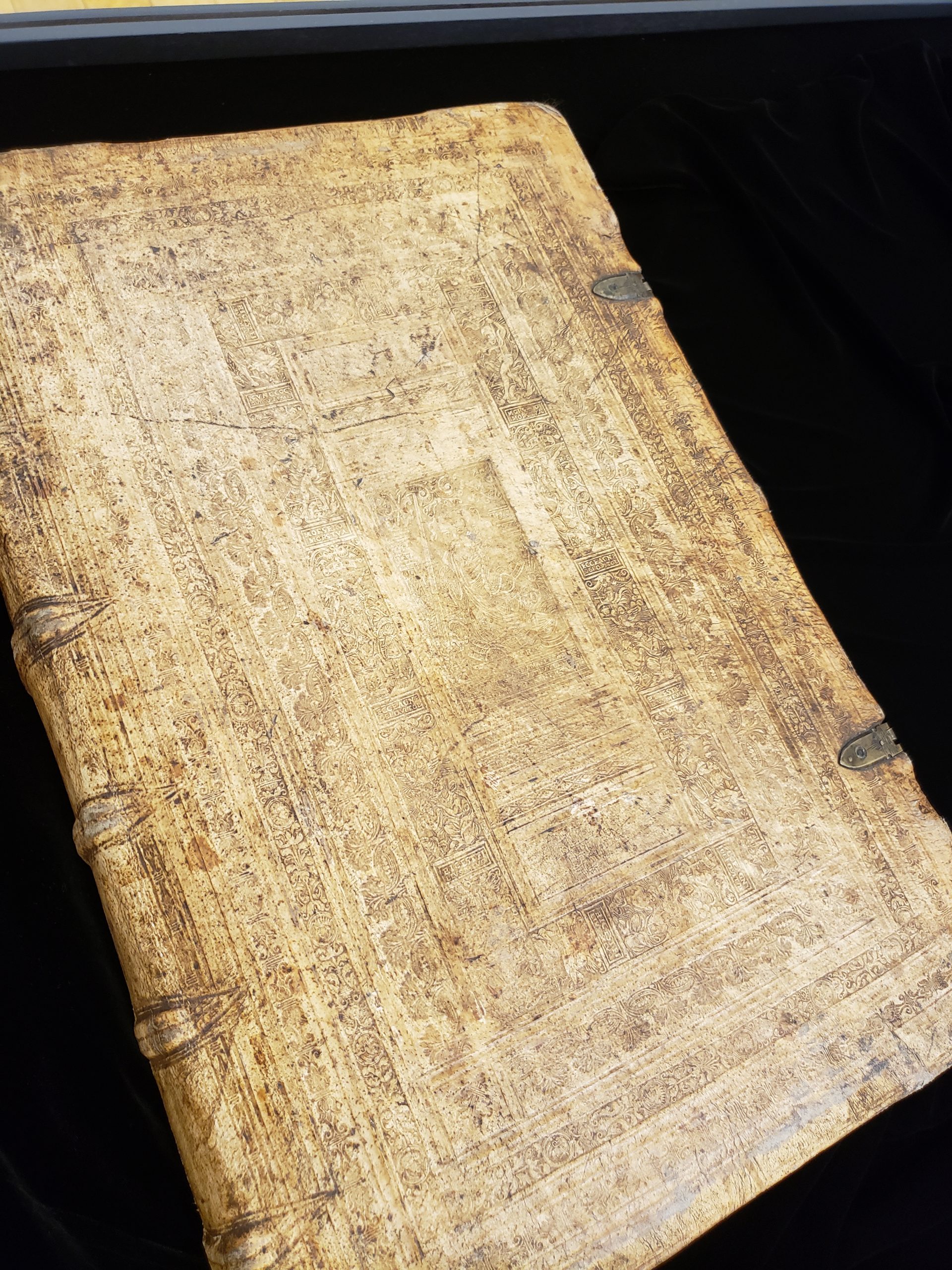 The Henry R. Winkler Center for the History of the Health Professions invites you, as part of its Illustrated Human: The Impact of Andreas Vesalius lecture and exhibit series, to register for an up-close-personal look at Vesalius’s 1543 and 1555 editions of De humani corporis fabrica (“On the Fabric of the Human Body in Seven Books”). “Fabrica” was the most extensive and accurate description of the human body of its time. Most likely drawn by Vesalius colleague Jan Stephan a Calcar and Italian artist Titian, “Fabrica” is widely known for its illustrations, where skeletons and bodies with exposed muscular structures pose in scenic, pastoral settings.
The Henry R. Winkler Center for the History of the Health Professions invites you, as part of its Illustrated Human: The Impact of Andreas Vesalius lecture and exhibit series, to register for an up-close-personal look at Vesalius’s 1543 and 1555 editions of De humani corporis fabrica (“On the Fabric of the Human Body in Seven Books”). “Fabrica” was the most extensive and accurate description of the human body of its time. Most likely drawn by Vesalius colleague Jan Stephan a Calcar and Italian artist Titian, “Fabrica” is widely known for its illustrations, where skeletons and bodies with exposed muscular structures pose in scenic, pastoral settings.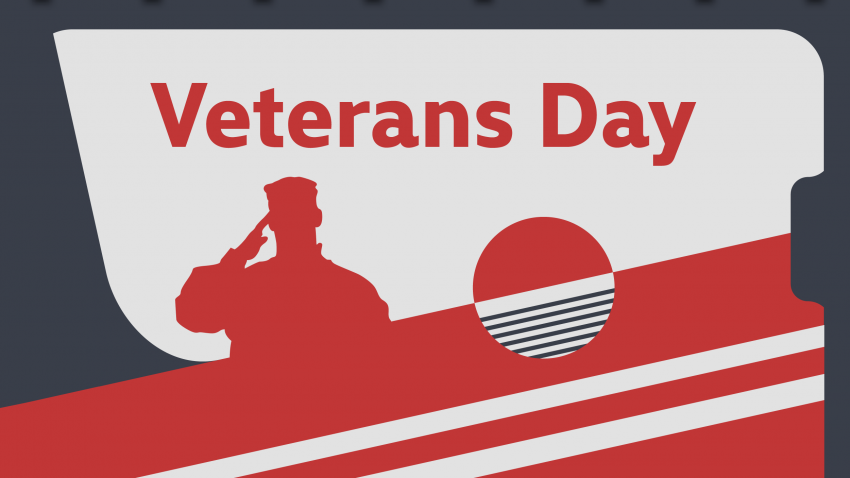 UC Libraries will be closed Thursday, Nov. 11 in observance of Veterans Day.
UC Libraries will be closed Thursday, Nov. 11 in observance of Veterans Day. The Henry R. Winkler Center for the History of the Health Professions, University of Cincinnati Libraries and the College of Medicine are hosting a series of lectures and exhibits exploring the Renaissance anatomist and physician Andreas Vesalius (December 1514 – June 1564). Vesalius revolutionized the study and practice of medicine with his careful descriptions and anatomical studies of the human body published in “De humani corporis fabrica libri septem” (“On the Fabric of the Human Body in Seven Books”).
The Henry R. Winkler Center for the History of the Health Professions, University of Cincinnati Libraries and the College of Medicine are hosting a series of lectures and exhibits exploring the Renaissance anatomist and physician Andreas Vesalius (December 1514 – June 1564). Vesalius revolutionized the study and practice of medicine with his careful descriptions and anatomical studies of the human body published in “De humani corporis fabrica libri septem” (“On the Fabric of the Human Body in Seven Books”).